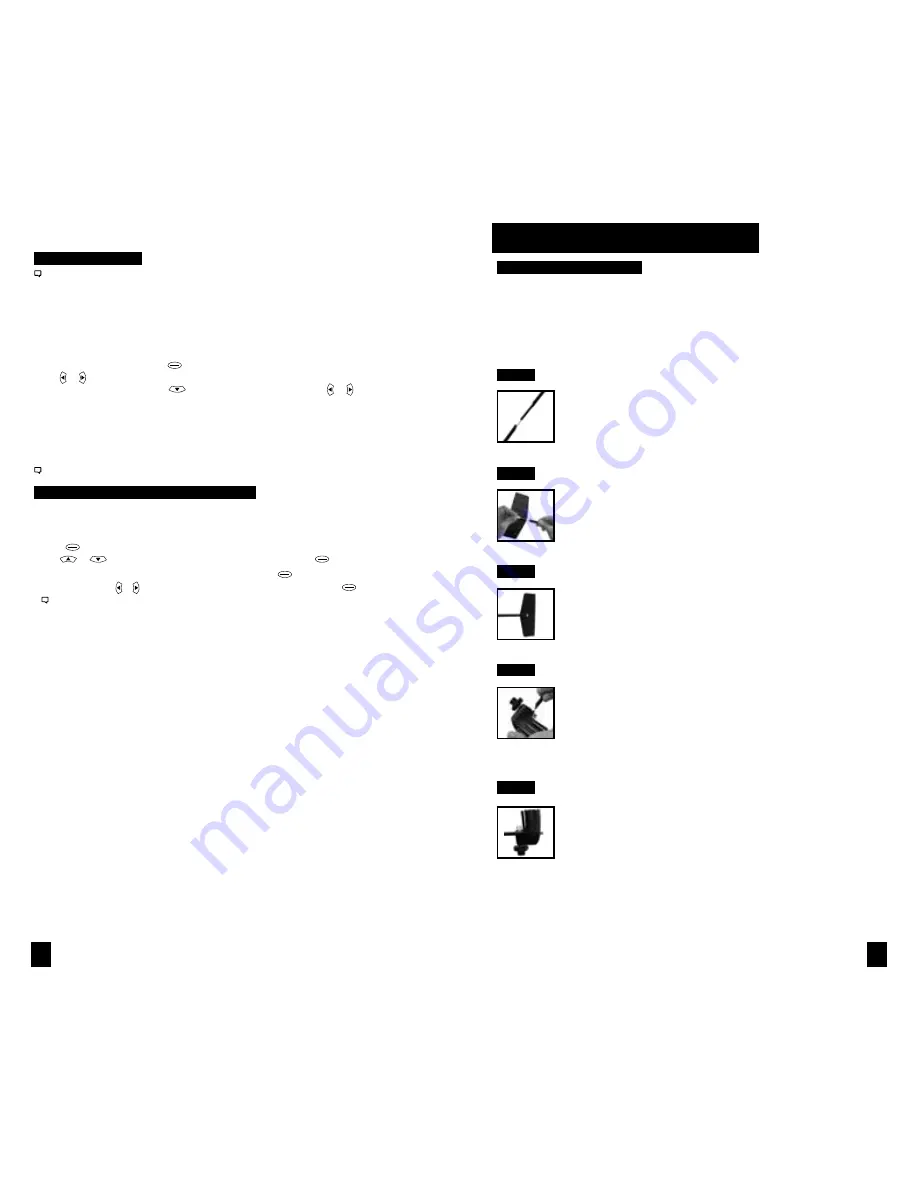
21
20
Measuring Direction
The Kestrel 4600's digital compass must be vertical to achieve accurate readings. Keep the unit positioned
as close to vertical as possible when using any compass-related feature. After opening the battery door,
you must re-run the calibration routine or readings will not register. For maximum accuracy, the impeller
should be spinning while measuring to eliminate its magnetic pull.
True North vs. Magnetic North Readings
The Kestrel 4600 default Direction display mode is Magnetic North. To view Direction in
True North mode:
• In the Direction screen, press .
• Use or to choose your mode.
• If you choose True North, use
to highlight “Variation”, then use or to input the
Variation for your location.
To measure Direction:
• Hold the unit vertically and point the BACK of the unit toward the direction you want
to measure.
• The unit will display the cardinal direction and degrees.
The Direction measurement does not record Max and Average and will display N/A on that mode screen.
Measuring Headwind/Tailwind & Crosswind
The Kestrel 4600 automatically calculates Headwind and Crosswind with respect to
a runway or target direction. You must first set the “Heading” to view these measure-
ments:
• Press while on the Headwind or Crosswind screen.
• Use
or
to choose “Auto Set” or “Manual Set”, then press
.
In Auto Set:
Point the unit down the runway or target, then press
to automatically set the heading.
In Manual Set:
Use or to enter the known runway or target heading, and press to save.
Both screens will always display the Magnetic North heading at the top (even if the Direction screen is
set to True North mode).
• After setting the heading, scroll to the desired parameter and orient the Kestrel so the
wind blows directly through the impeller.
VANE MOUNT ASSEMBLY
Assembling the Vane Mount
The Kestrel Vane Mount allows you to mount your Kestrel on any 1/4-20 equipped tripod for
long-term condition monitoring. The Vane Mount will keep your Kestrel correctly oriented into the
wind to fully capture relevent conditions.
The Vane Mount is designed for extreme light weight and portability, and assembles in seconds.
The Portable Vane Mount contains four components: a zippered carry pouch, a cup bracket with
incorporated level, a boom and a flight.
Step 1
Step 2
Step 3
Step 4
Step 5
Assemble the boom.
Unfold the two pieces and stretch the bungee
gently, then slide the two pieces together (like a tent pole).
Attach the flight to the flat end of the boom.
Grasp the silver bun-
gee end AND the transparent bungee washer, then pull the bungee
out about 1/2 an inch. Drop the bungee into the slot in the center of
the flight while slipping the boom end into the opening in the center
of the flight.
The assembled flight and boom looks like this.
Attach the boom to the cup bracket.
Locate the arrow on the inside
of the cup bracket base. Insert the boom end in the direction of the
arrow, all the way through the base of the vane mount. Grasp the silver
bungee end AND the small bungee washer, then pull the boom back,
stretching the bungee. Drop the bungee into the slot and slip the boom
end into the opening near the compass. Gently rotate the boom until
the angled end “seats” into the base of the opening.
Attach the Vane Mount to your tripod and level your tripod.
Spin the
Vane Mount knob onto the 1/4-20 mount on your tripod. Slip your
Kestrel into the Vane Mount with the display facing the bubble level
and the back side of the Kestrel facing the flight and boom. Adjust the
flight so it is vertical. Observing the level on the Vane Mount, fairly
adjust your tripod so the Vane Mount is level and rotates freely
and evenly.

































